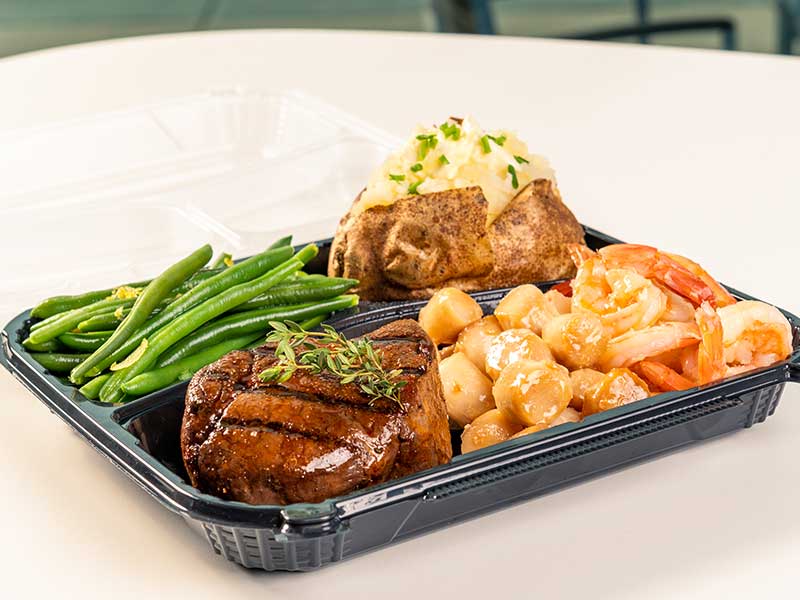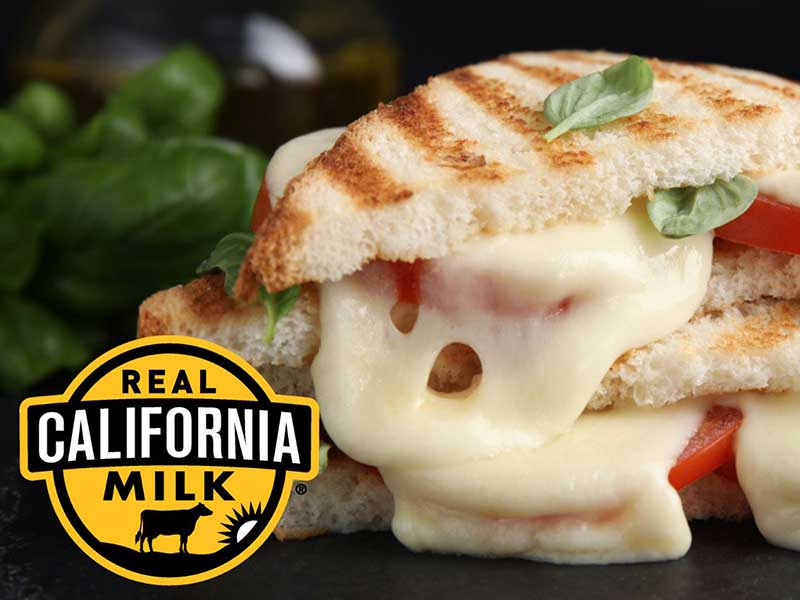The pandemic changed so much about the way restaurants do business, including how we think about menu pricing.
In many ways, restaurant menu pricing hasn’t changed that much. Operators still must calculate their food cost percent, ingredient yield, and menu spread, just as they did pre-pandemic. But our current reality has changed the expectations of diners and presented new challenges for restaurants, and it’s important to know what to do and what not to do now, based on industry feedback.
The Basics
Before you can adapt to the changes, it’s essential to understand the basic elements of menu pricing. No single factor is more important than your food cost percentage. This is the cost of ingredients used to make each dish (or cost of goods sold) divided by the price of the dish. The standard rule of thumb is that this figure should hover around 30%, meaning you should charge about 3x more than what the dish costs to produce.
While it’s not necessary for every single menu item to achieve a 30% FCP, the average FCP of your menu should be very close to this target for profitability. This is where menu spread comes in. You may have items with higher and lower FCP in the mix, based on other factors like consumer demand, seasonal availability, and your positioning relative to competitors in your market.
Menu Size
One recent trend is for restaurants to limit the size of their menus. This is useful for a few reasons: Smaller menus can make it easier to keep pricing on target, and it can help alleviate sourcing stress. Take a look at your existing menu and identify (and remove) the high cost/low selling items. By focusing on a smaller number of dishes that are high-profit items that sell well, you improve the overall profitability of your menu.
Portion Control
Consistent portion control is essential for maintaining a consistent food cost percentage. Standardize recipes and streamline BOH training to make sure everyone on the line is aware of the proper size of each menu item. The added benefit is that guests appreciate the consistency and knowing what to expect from each visit to your restaurant.
Consider Waste
Food waste isn’t just an ecological issue, it’s a huge economic issue as well. Look for ways to eliminate waste on your menu, either through cross-utilizing ingredients, better inventory and ordering systems, or by eliminating ingredients that are highly perishable and under-utilized. Staff meal can be a good way to use up items that may not make it to another service.
Understand Competition
Your menu pricing must be relative to your competition. This includes the restaurants on your block as well as the other restaurants within your delivery window. Look at similar menu items and analyze how your restaurant’s pricing compares. If there is a lot of competition in your area, it may be smart to compete on value, but be careful to avoid a race to the bottom. Remember, value is not just how much something costs, but an overall feeling that includes elements like service, decor, and quality. Consider all of these factors when interpreting your competitor’s prices.
Suggestive Selling
Your menu should be engineered to present the highest profit, most popular items right up front. While you can certainly do this with paper menus, using thoughtful upper-middle placement for these items, it becomes even easier to do so when you use QR menus and online ordering because you have the ability to highlight those items specifically. Be sure to take advantage of those tools, as well as options that allow you to suggest upgrades to existing menu items that will drive up ticket averages. In-house, it’s important to train your staff around these items so that when guests ask for recommendations, they are providing these options, rather than just an off-the-cuff response.
Service Fees
Guests are becoming increasingly accustomed to convenience, and they’re willing to pay for it. Especially when it comes to takeout and delivery, it is appropriate to include fees that cover your additional costs to offer these services. You can work them into your menu or list them as separate costs but be sure to do one or the other because these costs add up quickly and eat away at your bottom line.
There are a lot of factors in play with menu pricing, and sometimes, it can be difficult to keep it all straight. We hope this guide is a helpful overview, but if more in-depth expertise is needed, our One Source Solution Partners are excellent resources. The team at Recipe Costing has more than 60 years of combined restaurant experience, so their software was developed with restaurant owners, management, and staff in mind. They also offer a food cost calculator that can help add to the bottom line.



